Icom IC-M502A Bruksanvisning
Läs gratis den bruksanvisning för Icom IC-M502A (74 sidor) i kategorin mottagare. Guiden har ansetts hjälpsam av 16 personer och har ett genomsnittsbetyg på 4.1 stjärnor baserat på 8.5 recensioner. Har du en fråga om Icom IC-M502A eller vill du ställa frågor till andra användare av produkten? Ställ en fråga
Sida 1/74

INSTRUCTION MANUAL
iM502A
VHF MARINE TRANSCEIVER
Produktspecifikationer
| Varumärke: | Icom |
| Kategori: | mottagare |
| Modell: | IC-M502A |
Behöver du hjälp?
Om du behöver hjälp med Icom IC-M502A ställ en fråga nedan och andra användare kommer att svara dig
mottagare Icom Manualer
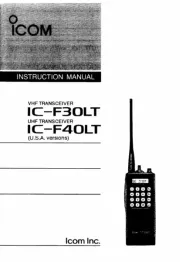
29 September 2025
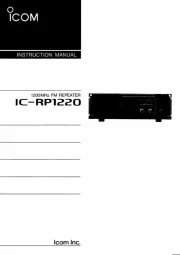
28 September 2025
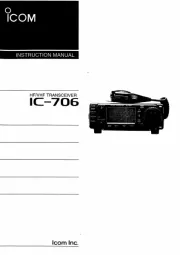
28 September 2025
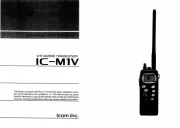
28 September 2025
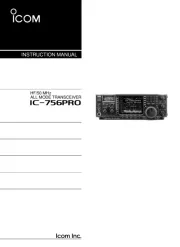
28 September 2025
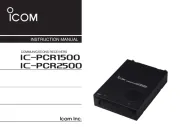
28 September 2025
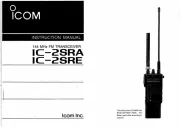
28 September 2025
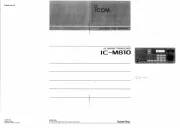
28 September 2025
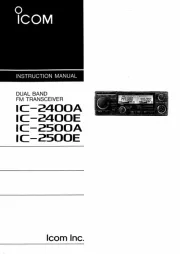
28 September 2025
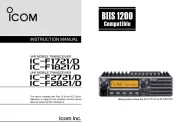
28 September 2025
mottagare Manualer
- Genie
- Vonyx
- Strong
- ART
- Silvercrest
- Sencor
- Bang Olufsen
- Twelve South
- Mercury
- Hartke
- Vivotek
- SoundTube
- Klipsch
- Aeon Labs
- BINIZE
Nyaste mottagare Manualer

19 Oktober 2025
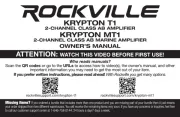
19 Oktober 2025
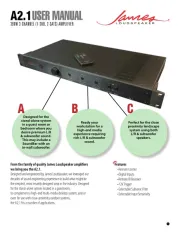
18 Oktober 2025
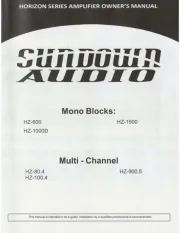
18 Oktober 2025
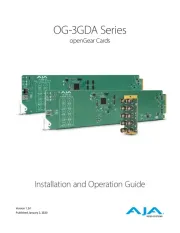
18 Oktober 2025
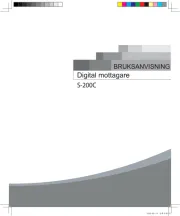
18 Oktober 2025
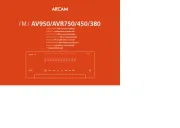
17 Oktober 2025

15 Oktober 2025

15 Oktober 2025
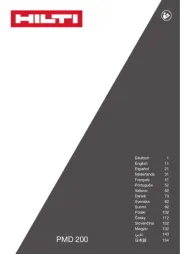
15 Oktober 2025